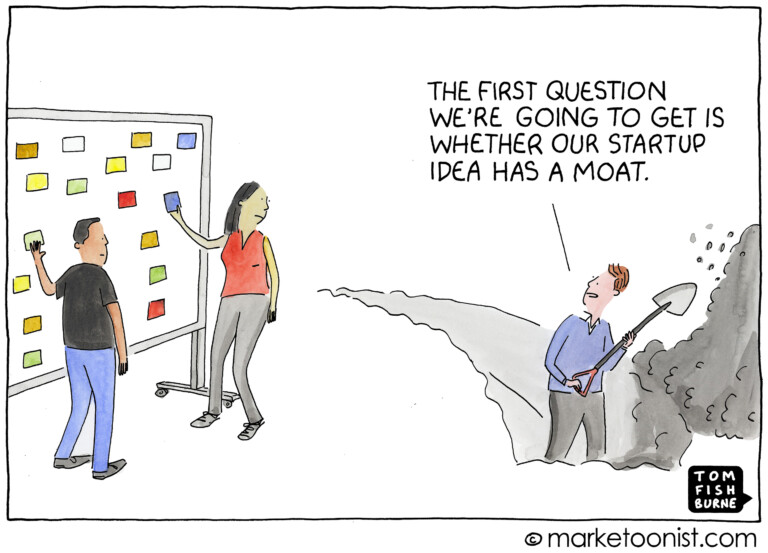Table of Contents
How To Make Fast and Accurate Decisions
High-risk, confusing, or chaotic situations…
…like trying to decode the complex maze of shiny marketing objects being offered to you…
…like deciding where to invest your precious and hard-earned marketing resources…
…like trying to stabilize, grow, and sustain your business.
OODA stands for “Observe, Orient, Decide, and Act,” and was originally developed in the 1950s to help fighter pilots make fast and accurate decisions under pressure.
Let’s quickly review the four parts of the OODA Loop and see how they relate to your business.
Observe
The observation stage is about converting the observed situation into a picture with an overall meaning, looking for context, and identifying which information is just noise and irrelevant for the current decision at hand.
If you want to make sound decisions for your business, you need to first understand the current market environment and how that relates specifically to your target audience.
What are the most relevant factors, resources, information, and knowledge that your potential clients need right now to succeed in the market? How will you create an offer of value to create a conversation, email opt-in, or appointment with them? Which media will you use to reach them?
Orient
“Orientation isn’t just a state you’re in – it’s a process. You’re always orienting.”
John Boyd
Orientation is key to making good decisions, as you need to know where you are in relation to the perceived and real constraints, biases, and false narratives that are influencing you at all times. Jumping in without proper orientation will place you firmly at a competitive disadvantage.
Boyd considered the orientation stage as the most crucial aspect of the loop because it involves a holistic awareness of yourself and your “opponent.”
With proper orientation, you’re able to analyze and synthesize new information in a predictive manner.
Decide
A logical next step but best when your decision is based upon your keen observations and proper orientation as reviewed in steps one and two.
But don’t delay, stay flexible and open to making adjustments and different decisions later, (remember this is a LOOP and meant to be repeating as part of a process.)
Find comfort in uncertainty – acting under uncertainty is unavoidable and doesn’t change the risk profile at all. If you seek total certainty (which is impossible) you will stay forever stuck in the observation stage and lose out entirely.
Act
By taking action, you forwardly progress towards the goal. It the most necessary and vital component of the loop and will confirm or deny your decision and validate or invalidate your initial observations and orientation.
The good news is that you now have real data and knowledge that you take with you as you begin the loop anew. Performing each part of the process will allow you to refine and get better along the way.
The most underappreciated, undervalued, and perhaps misunderstood attributes of the highly successful are the ability to be decisive.
The OODA Loop provides the framework for this, and speed is a crucial element.
Fighter pilots don’t have the luxury of time to create, ponder, and debate a list of “pros and cons” – they survive on decisiveness.
Embrace the value of being observant, having a balanced orientation, taking initiative and being decisive.
It may turn out to be your biggest competitive advantage.
“The ability to operate at a faster tempo or rhythm than an adversary enables one to fold the adversary back inside himself so that he can neither appreciate nor keep up with what is going on. He will become disoriented and confused.”
John Boyd
To your decisiveness


